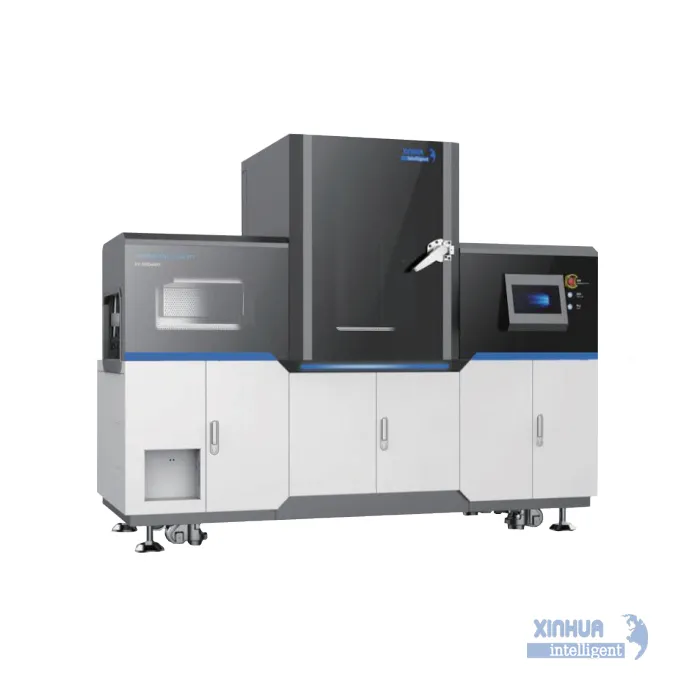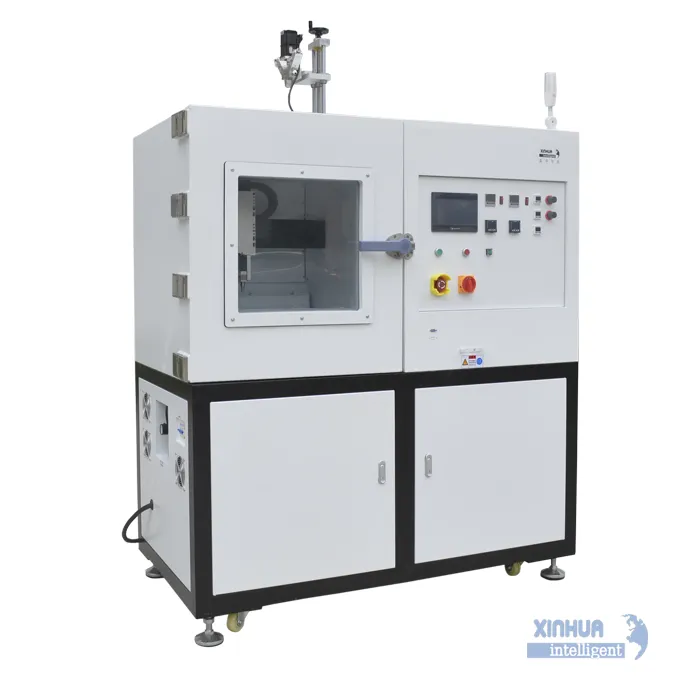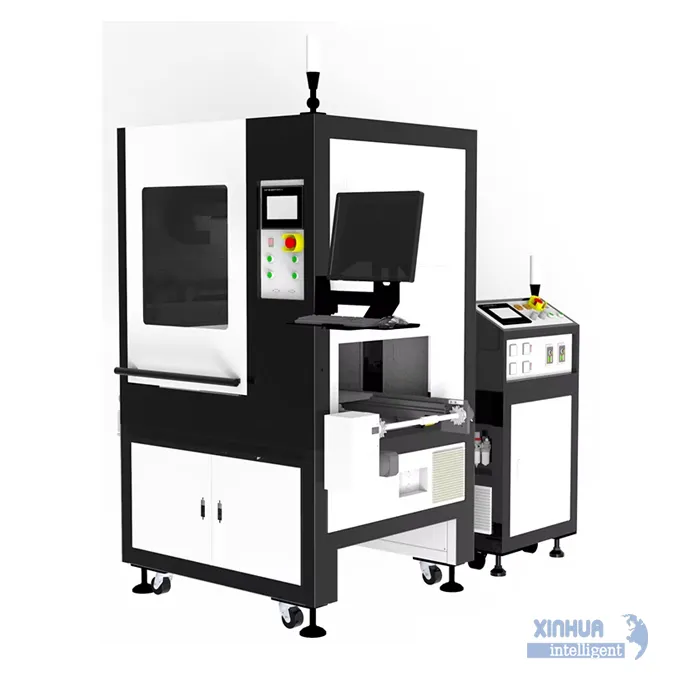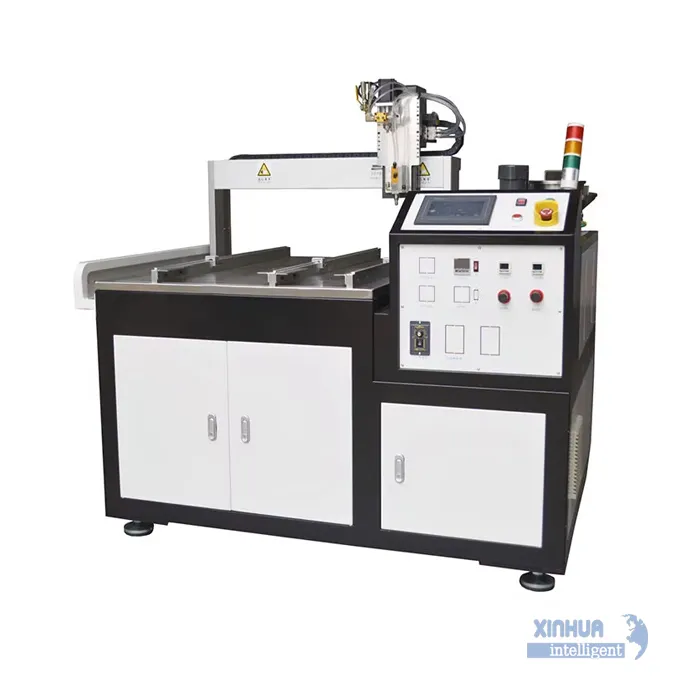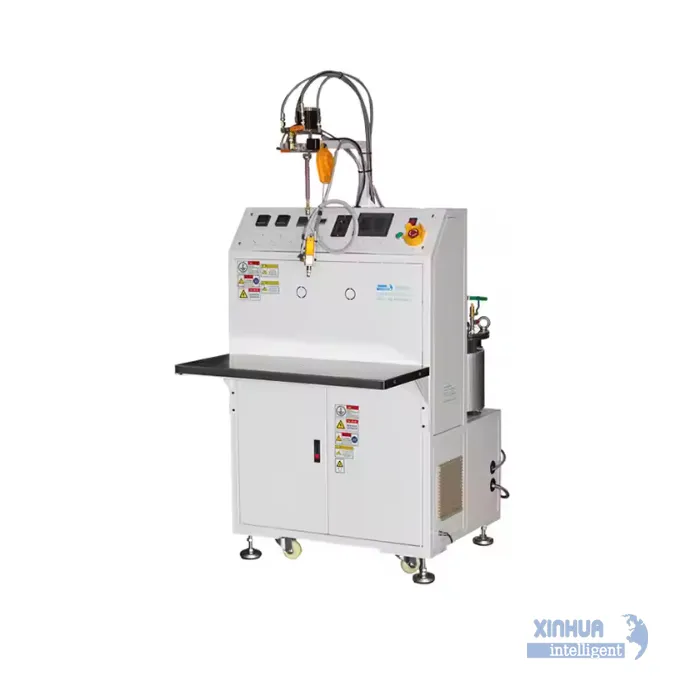-
Potting: This process involves placing the electronic components inside a case or "pot" and then pouring a liquid resin (such as epoxy or silicone) over them. The resin fills all voids and completely surrounds the components. Once cured, both the hardened resin and the container become a permanent part of the finished product. Potting provides maximum protection against environmental threats (like moisture, dust, vibration, and mechanical shock) but fully seals the components and makes repair or inspection difficult, as everything is embedded within the solidified material.
-
Encapsulation: In encapsulation, the components are placed in a mold and a resin is added to form a protective layer. Unlike potting, once the resin cures and hardens, the mold is removed and does not remain part of the product. The hardened coated unit—sometimes called an encapsulated unit—is then ready for use or further assembly. Encapsulation creates a protective shell around the component but usually allows for greater accessibility, flexibility, and in some cases, easier maintenance compared to potting. Encapsulation is ideal when protection is needed, but later access may be required, or when thermal management and ease of inspection are priorities.

Key differences:
-
Potting: The enclosure (pot) and solidified resin are integral to the finished device, offering robust protection but limited accessibility.
-
Encapsulation: The mold is removed after curing, resulting in a freestanding encapsulated component or device, often allowing more accessibility, flexibility, and heat dissipation.
In summary, potting is best for maximum protection where access is not needed, while encapsulation is suited for situations where good protection is required but access, flexibility, or thermal properties are important considerations. Both processes have overlapping benefits but are chosen based on specific application needs

